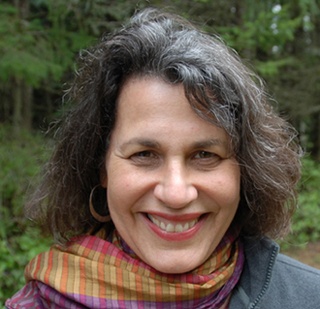Islander Beverly Naidus earlier this month released a book on art as social change. It’s a dynamic tome, she said, filled with memoirs, interviews, research findings and even a fable.
Naidus said she hopes “Arts for Change: Teaching Outside the Frame” may inspire others to create art for social change, and teach others how to develop pieces of their own.
“Art should be taught in a theme-based way, rather than a form-based way,” she said. “Courses like ‘Art in time of war’ and ‘Body image in art.’ If it were form-based, you’d have ‘Drawing 101.’”
Teaching art based on content rather than form and technique is powerful and relevant to the lives of artists, said Naidus, who is the University of Washington Tacoma’s only tenured faculty member in studio art.
“Students really are thirsty — they’re starving for art right now,” she said.
Naidus’s book can be appreciated by a wide audience, she said, but particularly by instructors, students and social activists.
“I try to expand the definition of what it means to do socially engaged artwork,” she said. “It’s not just posters or banners or puppets. It can be art as an intervention or social dialogue.”
She pointed to past projects she’s done, such as audience-participatory audio installations on topics as varied as “nuclear nightmares” and consumer culture.
“There’s a real openness and curiosity to create art about community dialogue and the issues the community is facing right now,” Naidus said.
She said Vashon is a leading example where art is created not simply for its composition, shape and form, but for its intended reaction in its viewers.
Take the Backbone Campaign, for instance, and its chain gang of larger-than-life Bush Administration puppets.
The puppets may be seen as agents for social awareness and change.
“I write quite a bit about Vashon in the book, and about the very special kind of wealth we have in terms of creative energy on the Island,” Naidus said. “Sustainable Vashon, SEEDS, UMO — there are just so many different things that have found fertile soil here.”


